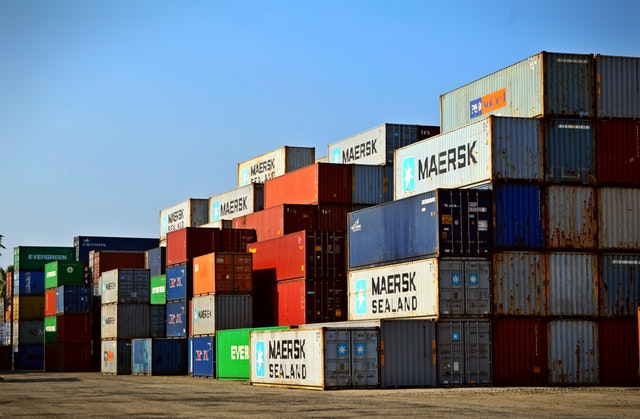– Contributed content –
19 Jan. 2022. Supply chain issues aren’t a modern problem. However, the Covid-19 pandemic pours fuel on a rather frightening fire. Several global issues contribute to the current international trade and manufacturing situation. It is looking like the electric future of the global supply chain could remedy the problem. However, current woes could delay achievable goals considerably.
Making the shift
It’s comforting and encouraging that numerous sectors headed by specific companies are shifting towards reducing carbon emissions. Cutting dependence on fossil fuels is a significant part of net-zero plans. Electric vehicles form a substantial portion of the program. Yet this also means manufacturers need to focus efforts on redesigning established engines for use in the new electric world order. Volvo Penta is a perfect example. Electric Volvo Penta designs show changes are possible to typically diesel-fueled engines for shipping and marine activity.
An outdated resource
Petroleum derived from oil is archaic and holds no place in a cleaner and greener future for everyone on Earth. While you cannot solve the world’s problems alone, you can make a significant contribution simply by cutting your personal reliance on oil-based products. Your vehicle is an obvious example since transport accounts for 11% of emissions. Many household plastic products are also made from oil-based derivatives, and switching your habits is easier than you think. Sustainable, natural, and organic products are the current focus of reduction efforts.
A balancing act
Of course, the entire world needs to work together to make positive changes. While national governments can outline goals, plans, and deadlines, the global supply chain is only as strong as its weakest link. And there are many weak links:
- Variations in transportation costs
- A lack of accurate planning and forecasting
- Responding inefficiently to technological trends
- Occurrences caused by nature or the environment
- Governmental regulation changes
Global transportation alone cannot completely switch to an electric method. As it stands, the technology isn’t sufficient to power shipping tankers across the oceans. However, electric vehicles like trucks and vans are available alongside automated warehouse tasks that can significantly reduce your company’s environmental impact.
Cleaner horizons
The endgame of a fully electric world is to significantly reduce carbon emissions globally. Industrial powerhouses such as China dampen the efforts, spurred on by global demand that it is more than willing to supply. But manufacturing aside, developed nations such as the USA, the UK, and Europe must take actionable steps towards a clean and sustainable energy supply for the impending vastly increased electricity demand. We require solar arrays, wind farms, and controversial nuclear power plants to achieve upcoming goals.
Is it possible?
A cleaner and greener supply chain is a possibility. Yet the world is all but dragging its heels towards solving some of the significant issues we face today. For instance, the current semiconductor shortage affects more than the video games industry. Hospital equipment, vehicle manufacture, and manufacturing processes themselves are impacted by the lack of much-needed processors. Additionally, bumps in the road, like a pandemic, Brexit, and political tit-for-tat, mean the genuine efforts made by companies and the population are an atom in the carbon cloud. A cloud that looks set to be looming over us for the foreseeable future.
* * *


 RSS - Posts
RSS - Posts
You must be logged in to post a comment.